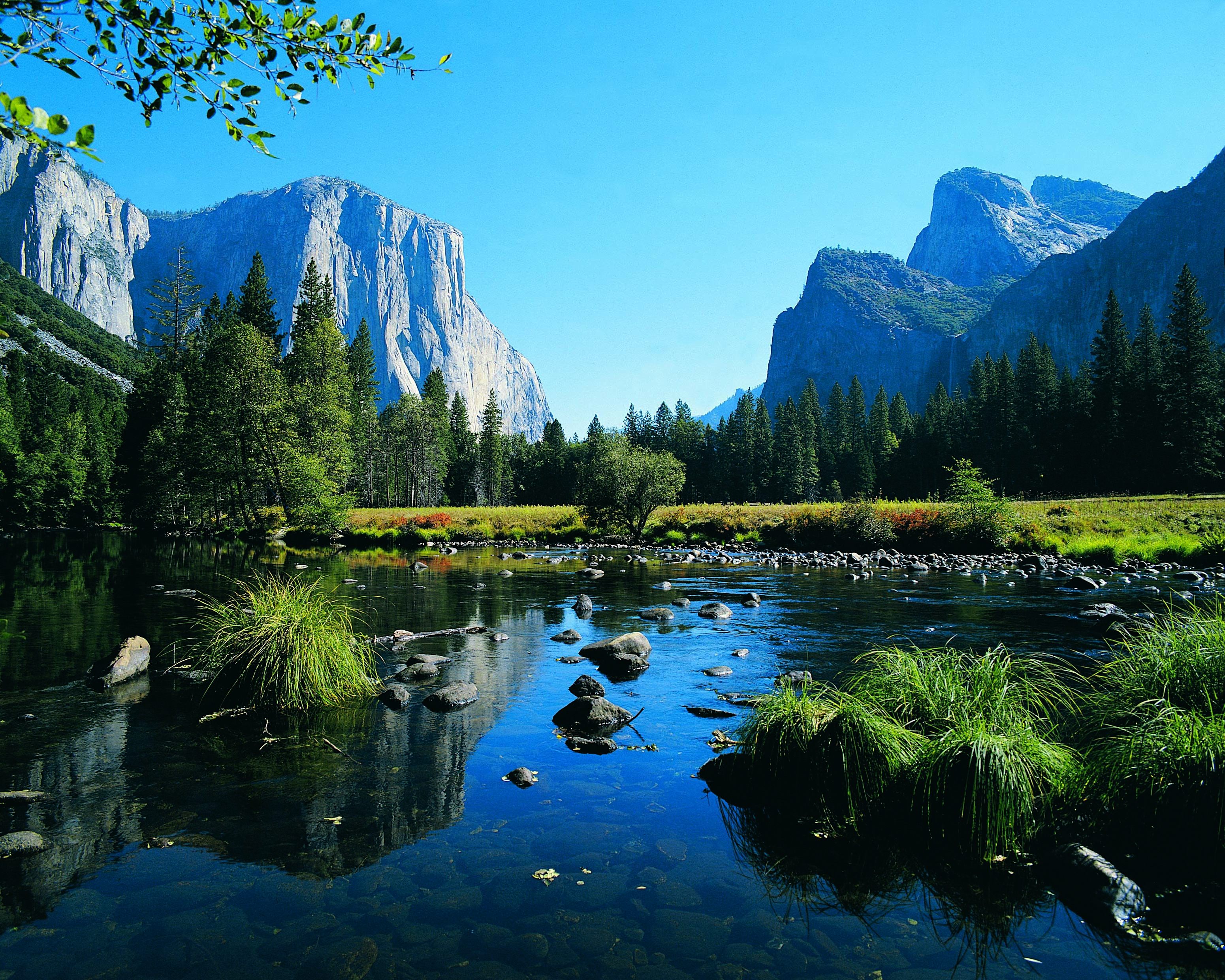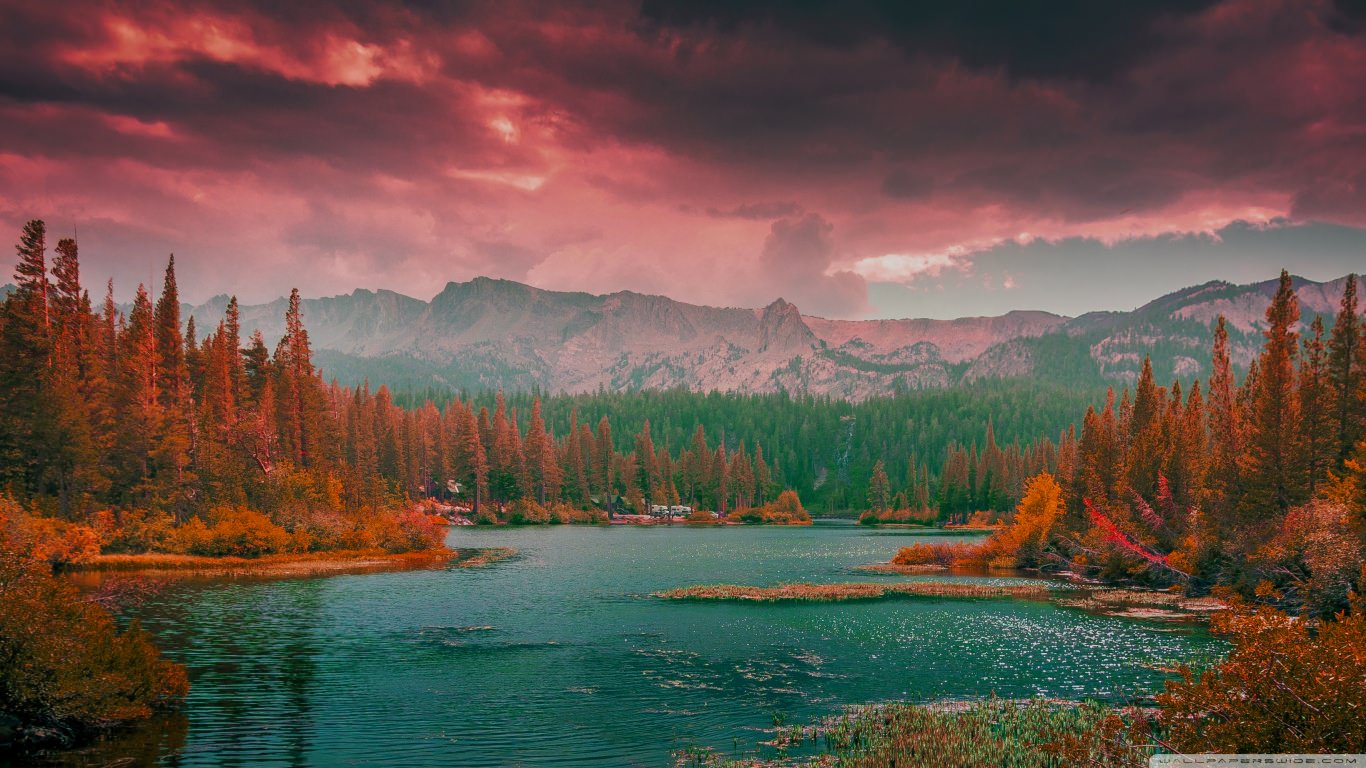

How successful a picture is at bringing them into the photo will likely result in either the viewer exploring the image further or quickly moving on. Once an image has grabbed the viewer’s initial attention, a compelling landscape photo draws the viewer into the scene.
#BEST LANDSCAPE PICTURES PRO#
PRO TIP – Don’t force a shape or curve in your image to sacrifice other elements, but keep this in mind when a composition isn’t working. Three Rock in foreground form a triangle, surrounded by textured sand | Photo by Andrew Marr For example, three rocks can be the apexes of a triangle. Shapes can also be formed between elements in an image. Triangles are commonly found in nature, like the mountains, converging cracks in rocks and fallen trees. Look for sweeping curves in your scene like that formed by sand dunes, the bank of rivers, breaking waves. By composing a scene to incorporate naturally occurring forms and curves, the image is more likely to be appealing to the viewer. Humans are visual communicators, so we quickly recognize and lock on to shapes. For pictures of rivers or waterfalls, moss or flowing water passing underneath the camera can create compelling textures. Likewise, you can feature bark textures, leaves, or roots growing along the ground in woodlands and forest locations. The patterns in the sand created by the water draining out to sea can also make excellent textures in seascape images. Likewise, textured patterns in the foreground of an image can gain the viewer’s initial interest and hold their attention.ĭeep veins carved out of the sand by the outgoing tides | Photo by Andrew MarrĪt the beach, you can find textures in the sand, rocks, and even seaweed. Through including textures, the viewer can imagine what parts of the scene may have felt like. Rough or smooth surfaces can be visually appealing and add an aesthetic element to your landscape photo. Naturally occurring textures can draw people to an image. PRO TIP – Use a Polarizer to capture punchier, more vibrant colors. While colors can be effective in a landscape picture, be careful not to oversaturate colors when editing your images.

Then, it holds the viewer’s attention by drawing them into the scene. A good landscape photo first catches the viewer’s eye with enticing elements, like colors, textures, or shapes. Photos of landscapes that make you pause for a moment and think, “That is stunning!” or, “I want to visit that location.” That’s the impact that a compelling landscape image can have on someone, but what makes a great landscape photo?Īn impactful landscape image connects with the viewer and engages them, evoking emotion and tells a story.

You know a great landscape image when you see one.


 0 kommentar(er)
0 kommentar(er)
